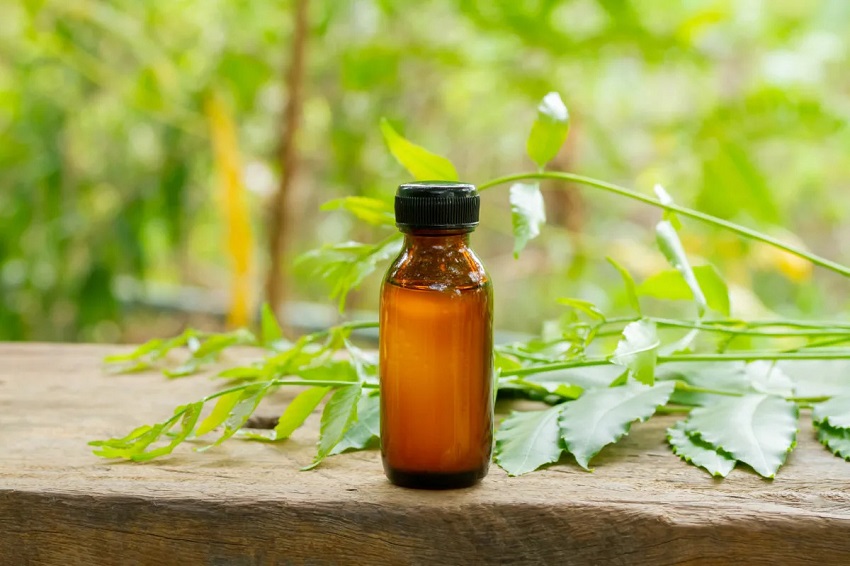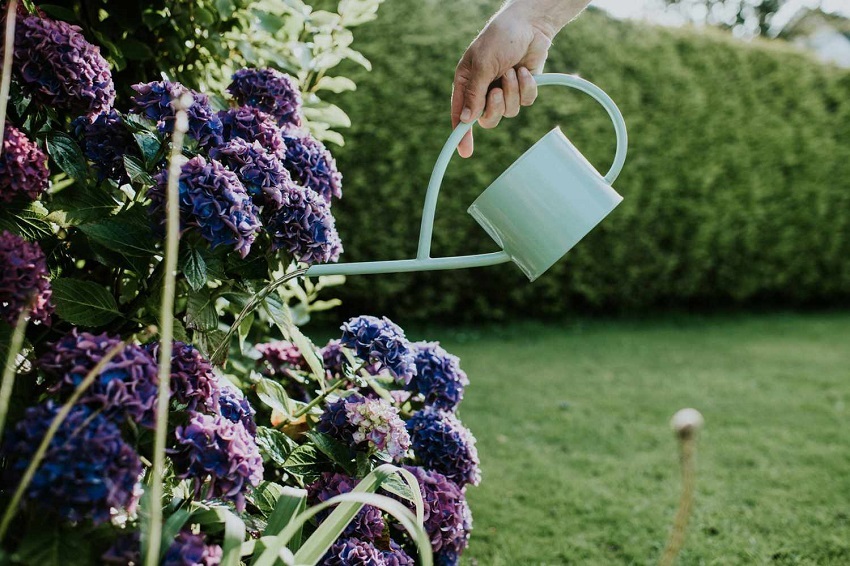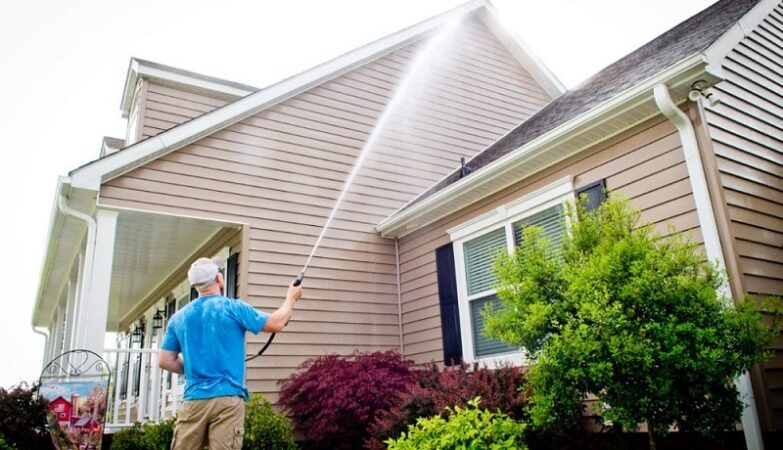When it comes to maintaining the health and beauty of your hydrangeas in pots, using the right products is essential. Neem oil, derived from the neem tree (Azadirachta indica), has gained popularity as a natural and effective solution for treating various plant issues, especially problems with hydrangeas in pots. Its organic properties make it a great choice for gardeners who prefer environmentally friendly options.
In this comprehensive guide, we will explore how to use neem oil on hydrangeas to combat pests, promote growth, and keep your plants thriving. So, let’s get started!
Understanding Neem Oil
What is Neem Oil?
Neem oil is a vegetable oil extracted from the seeds of the neem tree. It has been used for centuries in traditional medicine and agriculture due to its numerous benefits. Neem oil contains compounds such as azadirachtin, which act as insect repellents, fungicides, and miticides.
Benefits of Neem Oil for Hydrangeas
Neem oil offers several advantages when used on hydrangeas:
- Pest Control: Neem oil acts as a natural pesticide, deterring and eliminating a wide range of pests such as aphids, scale insects, spider mites, and whiteflies.
- Fungal Disease Prevention: Neem oil helps prevent fungal diseases like powdery mildew and black spot by inhibiting the growth of fungi.
- Boosts Plant Immunity: Regular use of neem oil on hydrangeas can enhance their natural defenses, making them more resistant to pests and diseases.
- Nourishes the Soil: Neem oil enriches the soil by improving its fertility and promoting beneficial microbial activity.
Using Neem Oil on Hydrangeas
Preparation and Safety Precautions
Before you start applying neem oil to your hydrangeas, keep these key points in mind:
- Choose the Right Product: Look for a high-quality neem oil product specifically formulated for use in gardens. Read the label carefully to ensure it is suitable for ornamental plants like hydrangeas.
- Timing is Crucial: Apply neem oil in the early morning or late evening to avoid direct sunlight, as it may cause leaf burn.
- Perform a Patch Test: Before spraying neem oil on the entire plant, conduct a small patch test on a few leaves to ensure your hydrangeas don’t have any adverse reactions.
- Protect Yourself: Wear protective clothing, gloves, and goggles when handling neem oil to prevent any potential skin or eye irritation.
Steps to Apply Neem Oil on Hydrangeas
- Dilution: Neem oil is highly concentrated, so it’s crucial to dilute it before application. Mix the recommended amount of neem oil with water according to the instructions on the product label. Typically, a 2% solution is sufficient for hydrangeas.
- Spraying Technique: Fill a clean spray bottle with the diluted neem oil solution. Starting from the top, spray the solution evenly on all parts of the hydrangea plant, including the leaves, stems, and flowers. Ensure thorough coverage but avoid excessive dripping.
- Repeat Application: For optimal results, repeat the neem oil application every 7 to 14 days, especially during the growing season or when pests or diseases are prevalent. Always follow the recommended frequency mentioned on the product label.
Additional Tips for Hydrangea Care
Using neem oil is just one aspect of maintaining healthy hydrangeas. Here are some additional tips to ensure your plants thrive:
1. Watering
Hydrangeas require regular watering, especially during dry spells. Provide deep watering to penetrate the roots and maintain adequate moisture levels. However, be cautious not to overwater, as it can lead to root rot.
2. Soil Conditions
Ensure your hydrangeas are planted in well-draining soil with a slightly acidic to neutral pH. Amending the soil with organic matter such as compost can improve its texture and fertility, promoting healthy growth.
3. Pruning
Prune your hydrangeas during the appropriate time for their specific variety. Removing dead or diseased branches and thinning out crowded growth helps improve air circulation and overall plant vigor.
4. Sunlight and Shade
Most hydrangeas thrive in partial shade or filtered sunlight. While they appreciate some sun, excessive exposure to direct sunlight can scorch their leaves. Monitor the lighting conditions and make adjustments accordingly.
5. Mulching
Apply a layer of organic mulch around the base of your hydrangeas to help retain soil moisture, suppress weed growth, and regulate soil temperature. Wood chips, straw, or compost make excellent choices for mulching.
Conclusion
Using neem oil on hydrangeas can be a game-changer in maintaining their health and combating pests and diseases. Remember to choose a quality neem oil product, follow the recommended application instructions, and combine it with proper watering, soil care, pruning, and shading techniques.
By incorporating these practices into your hydrangea care routine, you’ll create an optimal environment for your plants to flourish. Enjoy the beauty of your vibrant hydrangeas while knowing you’ve taken an eco-friendly and effective approach to their well-being.








